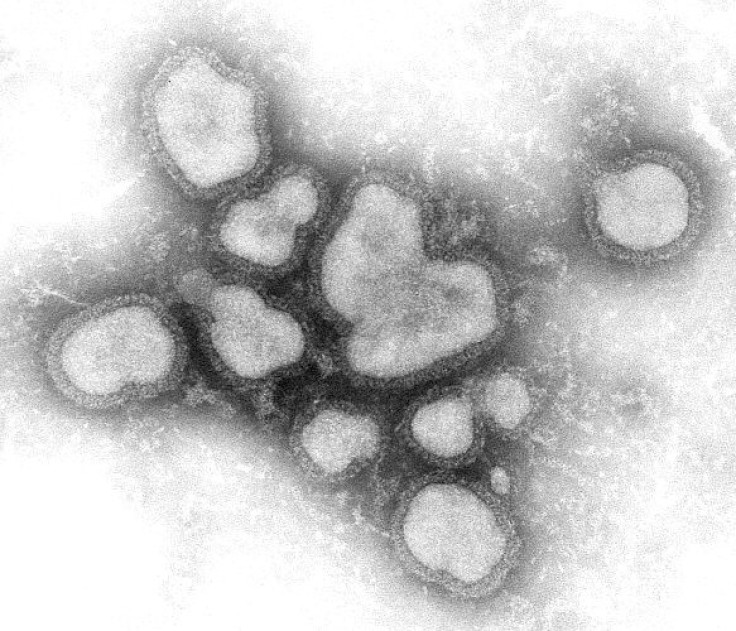Fifth monkey reports sick from deadly bacterium released from US lab

A fifth monkey had been exposed to the deadly bacteria released accidentally from a high-security lab in the US.
A confirmation test is being done by the Centers for Disease Control and Prevention.
Earlier, it was believed that four monkeys were exposed to the Burkholderia pseudomallei bacteria at the veterinary hospital on the campus.
The bacteria with bioterror potential was being used in vaccine development elsewhere on the 500 acre campus of Tulane National Primate Research Center near New Orleans.
None of the monkeys were used in the experiments but were kept in a large outdoor breeding colony housing 4000 animals in another part of the sprawling facility.
Two had to be euthanised, while two others that were infected did not show symptoms.
The veterinary hospital was decontaminated before the investigations began.
Meanwhile, investigators have still not found an explanation to how the bacteria housed in a biosafety level 3 lab escaped and was found in the hospital some distance away.
The incident came to light when the primates reported sick with the infection.
Tests have not detected the bacteria outdoors in the soil or water. But the research lab has conducted only limited tests, claimed USA Today which broke the story.
The bacterium Burkholderia pseudomallei can spread to humans and animals through contact with contaminated soil and water.
It can cause a potentially serious disease melioidosis with fever, headache, loss of appetite, muscle and joint pain. In Thailand, where the bacteria are endemic, the fatality rate for patients is up to 50%.
It was in July last year that 80 lab workers at an Atlanta campus were exposed to live anthrax resulting from failure to follow protocol.
Workers at a separate high-security CDC influenza lab sent samples containing a dangerous strain of bird flu to counterparts at the US department of agriculture in March. They were unaware how to inactivate the bacteria.
© Copyright IBTimes 2024. All rights reserved.





